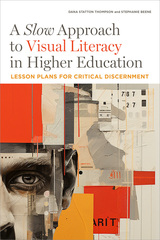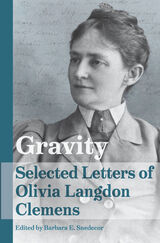
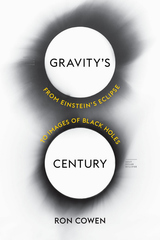
A sweeping account of the century of experimentation that confirmed Einstein’s general theory of relativity, bringing to life the science and scientists at the origins of relativity, the development of radio telescopes, the discovery of black holes and quasars, and the still unresolved place of gravity in quantum theory.
Albert Einstein did nothing of note on May 29, 1919, yet that is when he became immortal. On that day, astronomer Arthur Eddington and his team observed a solar eclipse and found something extraordinary: gravity bends light, just as Einstein predicted. The finding confirmed the theory of general relativity, fundamentally changing our understanding of space and time.
A century later, another group of astronomers is performing a similar experiment on a much larger scale. The Event Horizon Telescope, a globe-spanning array of radio dishes, is examining space surrounding Sagittarius A*, the supermassive black hole at the center of the Milky Way. As Ron Cowen recounts, the foremost goal of the experiment is to determine whether Einstein was right on the details. Gravity lies at the heart of what we don’t know about quantum mechanics, but tantalizing possibilities for deeper insight are offered by black holes. By observing starlight wrapping around Sagittarius A*, the telescope will not only provide the first direct view of an event horizon—a black hole’s point of no return—but will also enable scientists to test Einstein’s theory under the most extreme conditions.
Gravity’s Century shows how we got from the pivotal observations of the 1919 eclipse to the Event Horizon Telescope, and what is at stake today. Breaking down the physics in clear and approachable language, Cowen makes vivid how the quest to understand gravity is really the quest to comprehend the universe.
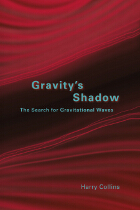
Gravitational wave detection involves recording the collisions, explosions, and trembling of stars and black holes by evaluating the smallest changes ever measured. Because gravitational waves are so faint, their detection will come not in an exuberant moment of discovery but through a chain of inference; for forty years, scientists have debated whether there is anything to detect and whether it has yet been detected. Sociologist Harry Collins has been tracking the progress of this research since 1972, interviewing key scientists and delineating the social process of the science of gravitational waves.
Engagingly written and authoritatively comprehensive, Gravity's Shadow explores the people, institutions, and government organizations involved in the detection of gravitational waves. This sociological history will prove essential not only to sociologists and historians of science but to scientists themselves.
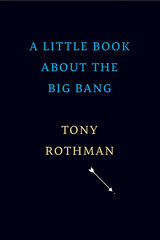
A concise introduction to the greatest questions of modern cosmology.
What came before the big bang? How will the universe evolve into the future? Will there be a big crunch? Questions like these have no definitive answers, but there are many contending theories. In A Little Book about the Big Bang, physicist and writer Tony Rothman guides expert and uninitiated readers alike through the most compelling mysteries surrounding the nature and origin of the universe.
Cosmologists are busy these days, actively researching dark energy, dark matter, and quantum gravity, all at the foundation of our understanding of space, time, and the laws governing the universe. Enlisting thoughtful analogies and a step-by-step approach, Rothman breaks down what is known and what isn’t and details the pioneering experimental techniques scientists are bringing to bear on riddles of nature at once utterly basic and stunningly complex. In Rothman’s telling, modern cosmology proves to be an intricate web of theoretical predictions confirmed by exquisitely precise observations, all of which make the theory of the big bang one of the most solid edifices ever constructed in the history of science. At the same time, Rothman is careful to distinguish established physics from speculation, and in doing so highlights current controversies and avenues of future exploration.
The idea of the big bang is now almost a century old, yet with each new year comes a fresh enigma. That is scientific progress in a nutshell: every groundbreaking discovery, every creative explanation, provokes new and more fundamental questions. Rothman takes stock of what we have learned and encourages readers to ponder the mysteries to come.
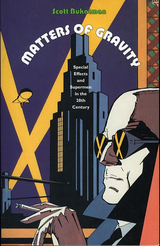
Considering theme parks, cyberspace, cinematic special effects, superhero comics, and musical films, Matters of Gravity highlights phenomena that make technology spectacular, permit unfettered flights of fantasy, and free us momentarily from the weight of gravity and history, of past and present. Bukatman delves into the dynamic ways pop culture imagines that apotheosis of modernity: the urban metropolis. He points to two genres, musical films and superhero comics, that turn the city into a unique site of transformative power. Leaping in single bounds from lively descriptions to sharp theoretical insights, Matters of Gravity is a deft, exhilarating celebration of the liberatory effects of popular culture.
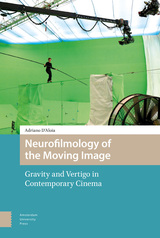
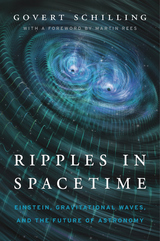
It has already been called the scientific breakthrough of the century: the detection of gravitational waves. Einstein predicted these tiny ripples in the fabric of spacetime nearly a hundred years ago, but they were never perceived directly until now. Decades in the making, this momentous discovery has given scientists a new understanding of the cataclysmic events that shape the universe and a new confirmation of Einstein’s theory of general relativity. Ripples in Spacetime is an engaging account of the international effort to complete Einstein’s project, capture his elusive ripples, and launch an era of gravitational-wave astronomy that promises to explain, more vividly than ever before, our universe’s structure and origin.
The quest for gravitational waves involved years of risky research and many personal and professional struggles that threatened to derail one of the world’s largest scientific endeavors. Govert Schilling takes readers to sites where these stories unfolded—including Japan’s KAGRA detector, Chile’s Atacama Cosmology Telescope, the South Pole’s BICEP detectors, and the United States’ LIGO labs. He explains the seeming impossibility of developing technologies sensitive enough to detect waves from two colliding black holes in the very distant universe, and describes the astounding precision of the LIGO detectors. Along the way Schilling clarifies concepts such as general relativity, neutron stars, and the big bang using language that readers with little scientific background can grasp.
Ripples in Spacetime provides a window into the next frontiers of astronomy, weaving far-reaching predictions and discoveries into a gripping story of human ambition and perseverance.

A Physics Today Best Book of the Year
A Forbes “For the Physics and Astronomy Lover in Your Life” Selection
“Succinct, accessible, and remarkably timely… This book is a rare find.”
—Physics Today
“Belongs on the shelf of anyone interested in learning the scientific, historical, and personal stories behind some of the most incredible scientific advances of the 21st century.”
—Forbes
The detection of gravitational waves has already been called the scientific breakthrough of the century. Einstein predicted these tiny ripples in the fabric of spacetime over a hundred years ago, but they were only recently perceived directly for the first time. Ripples in Spacetime is an engaging account of the international effort to complete Einstein’s project, capture his elusive ripples, and launch an era of gravitational-wave astronomy that promises to explain, more vividly than ever before, our universe’s structure and origin.
“Schilling’s deliciously nerdy grand tour takes us through compelling backstory, current research, and future expectations.”
—Nature
“A lively and readable account… Schilling underlines that this discovery is the opening of a new window on the universe, the beginning of a new branch of science.”
—Graham Farmelo, The Guardian
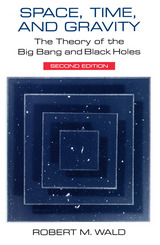
READERS
Browse our collection.
PUBLISHERS
See BiblioVault's publisher services.
STUDENT SERVICES
Files for college accessibility offices.
UChicago Accessibility Resources
home | accessibility | search | about | contact us
BiblioVault ® 2001 - 2025
The University of Chicago Press




